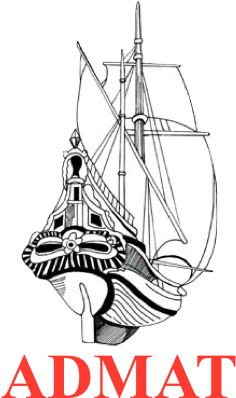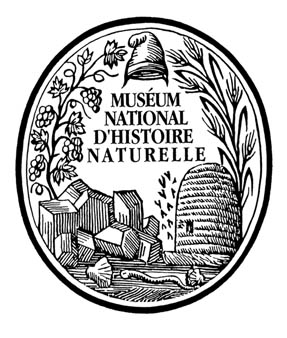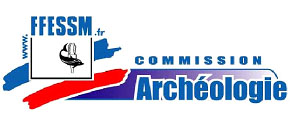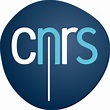Wreck One June/July 2016 Project.
Page 4
On the night before the final survey day, Rami Rodrigues discussed the challenge of not finding the wreck with a local lobster fisherman Manolo Lostre. He kindly informed Rami that there was a possible shipwreck inside our Search Grid, and gave us the GPS coordinates of the area. The Team checked these coordinates against the survey data to confirm that we had surveyed this area, but nothing much was showing on the Humminbird side scan and bathymetric data. As the GPS was not logged onto the Imagenex data we were unable to check the side scan data from that.
Captain Tony Castillano from Medio ambiente and Ruth Pion on the newly named Wreck Two site
The next day the Team made a dive at these coordinates to find there was indeed a wreck site. The wreck did not appear to match the Wreck One and so we named it Wreck Two which would have a survey conducted on it later in the year.
Whilst a short dive was made on the site, Dr Spooner did confirm some observations. The site was a wreck site as opposed to a ballast mound. It appeared that an entire cargo of bricks were concreted together as well as scattered. There were larger sections which may well have been cut stone blocks for the lower ballast sections. There were metal detector hits around the site and two mast rings were located. Visibility was poor, but it appeared that the maximum height from the surrounding seabed was only 1.3 meters, which is very small, and explains why the site was not recognized on the Hummingbird sonar unit.
Wreck Two, showing the central ballast cargo area. note the large pre-cut stone blocks as well as the rubble stones
Photograph showing the join between two bricks, in the centre of the photograph
The Aquapulse metal detectors were sounding all over the site on the ballast mound as well as off it, indicating many ferrous items buried
One of the bricks clearly showing fingerprints of the manufacturer
Diana Bastalla (left) from Medio Ambiente and Ruth Pion, surfacing after a dive on Wreck Two
Dr. Spooner presenting Captain Tony Castillano with a limited-edition ADMAT Tile Wreck Project T shirt, for ADMAT's thanks to him for his assistance in the project
Please go to page 5 to continue.
ADMAT's maritime archaeological work on this wreck site was assisted by ADMAT-FRANCE a non profit organisation based in the Institut de Paléontologie Humaine, Muséum National d’Histoire Naturelle, Paris.
ADMAT-FRANCE is a sub division of the Anglo ~ Danish Maritime Archaeological Team
ADMAT is delighted to have an association with Muséum Nationald’Histoire Naturelle at Paris, départememt Préhistoire, UMR-CNRS 7194.











